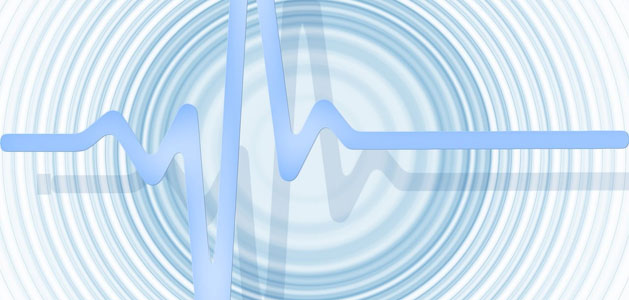

Mike Kaechele is co-author of the The Pulse of PBL: Cultivating Equity through Social-Emotional Learning with Matinga Ragatz. Mike is a part time faculty member with PBL Works and was one of the founding educators of Kent Innovation High in Grand Rapids. Mike currently teaches math at Creekside Middle School in Zeeland, Michigan.
I first learned about Mike through his Pulse of PBL book and when I looked to learn more about and from him, I knew I wanted to meet him. Lucky for me he lives near my parents in Western Michigan and was gracious enough to meet up with me to share his journey on a recent visit home.
When I was working with teachers to implement PBL, we began our discussions outlining the portrait of a graduate. While some teachers would include some math skills or reading and writing, 99% of the description was SEL. So I was already seeing how important SEL was to PBL.
"Standards are what I do, but really SEL is what I teach, and PBL is how I implement it."
- Mike Kaechele
Then, I was at a meeting with PBLWorks faculty and we were discussing soft skills and the social emotional learning element of PBL. A participant asked if anyone had done a crosswalk of PBL and SEL, and when I got back home, I decided to tackle this. The result was initially a blog post and my interest, and the interest of others, in this powerful connection grew from there. I then used this blog as the outline for my book with Matinga.
Yes, they are essentially the same. And to paraphrase Trevor Muir, "There's nothing soft about getting fired because you don't have skills."
The team at CASEL, the Collaborative for Academic, Social, and Emotional Learning, has been doing work with social-emotional skills for decades, so I used their five skills groupings in my work: self-awareness, self-management, social awareness, relationship skills, and responsible decision making.
In my book I share, "PBL starts with an authentic problem for student groups to research that emphasizes responsible decision making and relationship skills first. As a result of success at the end of a project, students become more self aware of their abilities and their self-managment limitations." (57)
As Matinga and I looked at the connections more deeply, we outlined three forms of social emotional learning:
While you could use PBL in all of these forms, it is obviously a natural approach for helping students achieve level three where students are working to take action in their communites.
Like PBL and SEL, there isn't one right answer. This can look a lot of different ways. For example, in one class, we kicked off the year at MLK.org. This site no longer exists, but was written by white supremacists looking to capture the eyeballs and maybe change minds of people looking for information on Martin Luther King, Jr.
While controversial, the site was useful to explore because it had all sorts of clues that should have called my students to question the perspective of what they were reading - spelling and grammar errors, ideology that was different from what the viewer expected, not to mention a link at the bottom to the white supremecist's organization.
This helped me reach my goal of teaching my students to identify deception (bs detection), work to understand multiple viewpoints, and practice empathy.
In this case, empathy required students to hold a different viewpoint without losing their mind. Empathy didn't lead them to believe the perspective, but it did help them begin to understand how another person's experiences and perspectives might make them view the world or even act a certain way. This led the student's to ask powerful questions like "Why do terrorists hate us?" that led to more student-directed explorations and work in the rest of the class.
PBL doesn't work without empathy because taking action is a gesture of empathy. If I can't see how events and experiences impact other people, it is hard for me to engage with them effectively to solve community problems together.
SEL is the pulse of PBL. When you connect the two, PBL projects become deeply meaningful to students while providing authentic opportunities for students to practice and apply SEL skills in a context that helps them last.
The combination of SEL and PBL helps me develop powerful learning experiences that provide my students with experiences and opportunities to develop the skills they need to thrive in their future and they agency they need to impact our world now.

Follow us on Instagram for daily inspiration

Create a thought web, timeline, flowchart, or other graphic organizer for a lesson


Wixie
Share your ideas, imagination, and understanding through writing, art, voice, and video.

Rubric Maker
Create custom rubrics for your classroom.

Pics4Learning
A curated, copyright-friendly image library that is safe and free for education.

Wriddle
Write, record, and illustrate a sentence.
Topics